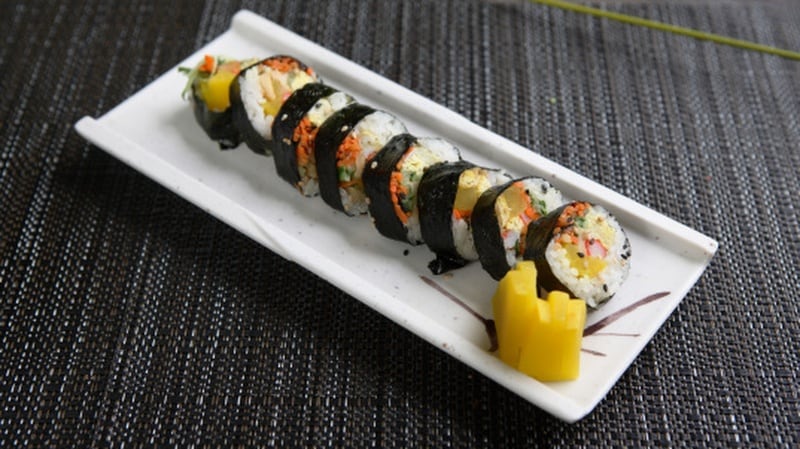Nestle may be best known for multinational brands such as Nescafe and Milo, but in the firm also has deep roots in nutritional research and development for consumers across various age groups.
One of the firm’s largest studies revolving around children is the Nestle FITS & KIDS study, covering nine countries and over 80,000 children from infant to school age.
The results of this study have given rise to some 90 scientific publications and acted as the scientific basis for many nutritionally relevant products made by Nestle, as well as to inform policymakers in various APAC markets in the formation of policies such as the Australian snacking guidelines and the toddler feeding guidelines.
“The FITS & KIDS study identified many micronutrient gaps in children globally, including within the APAC region – [one of the most glaring findings] was from Indonesia where we saw the inadequacy in children between one to three years of age was over 60% for a wide range of micronutrients including vitamins A, B1, B2, B6, B9, D, E, K, calcium, potassium, iron and zinc,” Nestle Institute of Health Sciences Singapore Hub Head Dr Mak Tsz-Ning told the floor at the recent Growth Asia Summit 2023 in Singapore.
“This was similar in other developing countries such as the Philippines where we saw the same thing for vitamins B9, C, D, E, calcium, iron and zinc; and even in developed markets such as the United States and Spain vitamin D and potassium are generally lacking.
“These findings have led to many diverse product launches and renovations in order to improve the health of children across various markets.”
She cited an example of fortified milk products launched in the Philippines where some 60% of children consume no dairy at all; and Pakistan, where just 3% of children meet daily dairy recommendations.
“There was a noted high prevalence of inadequacies in micronutrients in Pakistan – 98% were deficient in calcium, iron and zinc, 81% in vitamin A and 68% in vitamin C,” she said.
“We ran model scenarios of increased dairy consumption in these markets, and found that even just one serving of dairy could reduce deficiencies by 15% to 20% in Pakistan, and even more in the Philippines.”
Nestle also ran practical human intervention studies with its Growing Up Milk (GUM) brands such as S-26 and Lactogrow to observe the impacts of these on children, and found that the consumption of these were effective in preserving nutrients such as DHA and choline in children during rapid growth; and improved bone quality and even biodiversity when supplemented with synbiotics.
“These results showed significant improvement over simply following regular eating habits or cow’s milk supplementation,” she added.
“This shows that there are a lot of benefits to be obtained for children by the consumption of GUM products that can confer additional micronutrient supplementation unable to be obtained via regular diets.”
Digital linkages
In addition, Nestle believes that enabling digital connectivity and platforms can assist parents to better monitor and improve children’s diets with the right nutrition that is required.
“We have digital platforms to bring the technology to parents in areas such as offering food and product recommendations for the children based on their existing diets and links to potential nutrient inadequacies,” Dr Mak said.
“This can help parents to quickly and accurately identify the gaps in their child’s nutrition and the products to fill in those gaps.
“There is also technology now to help parents identify the best balanced meal for children via the MyMenuIQ platform which is based on meal scores to enable consumers to see how balanced a meal is and help them to boost the balance and nutrition of the meal so as to best plan meals for a family.”





